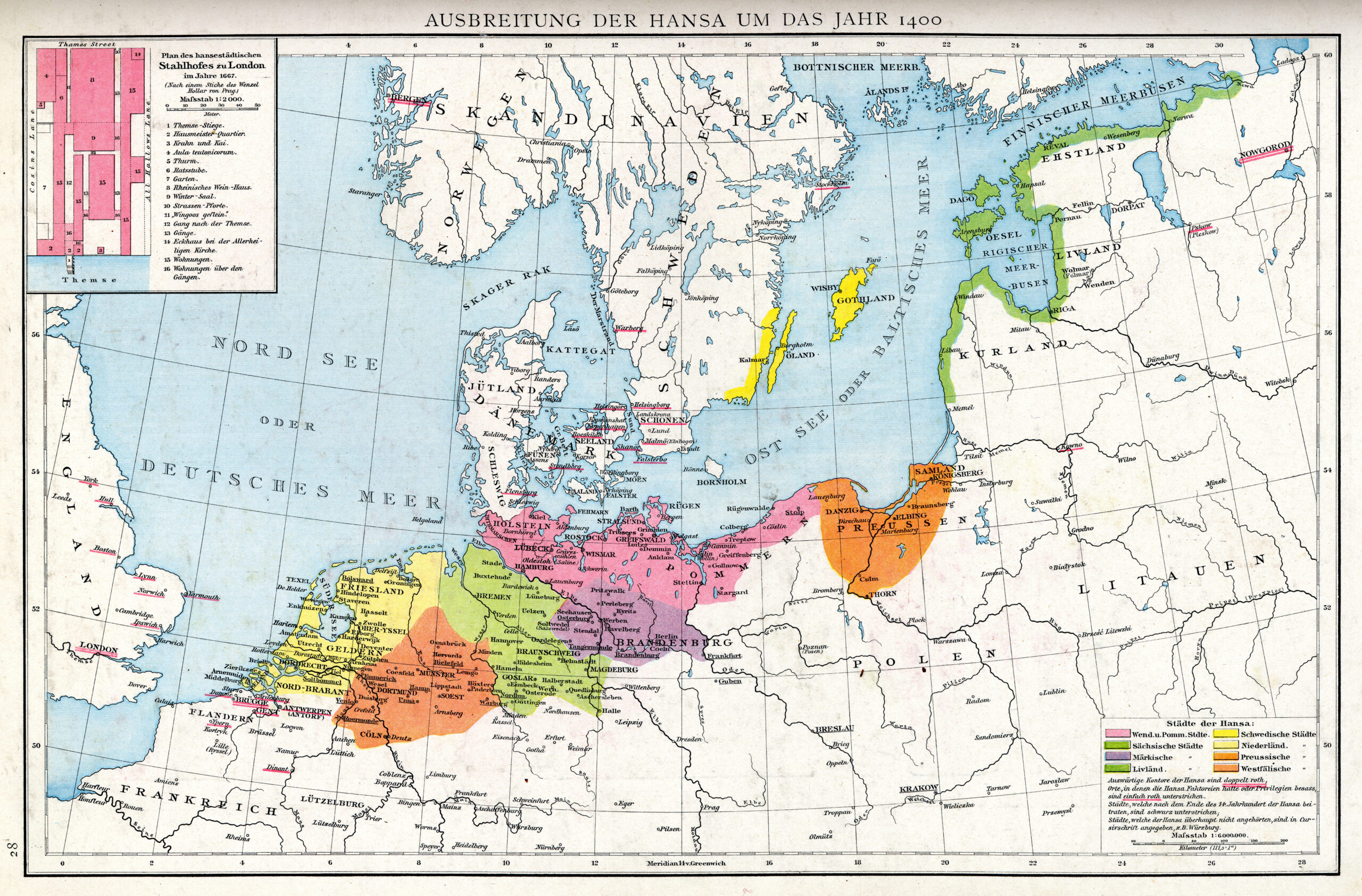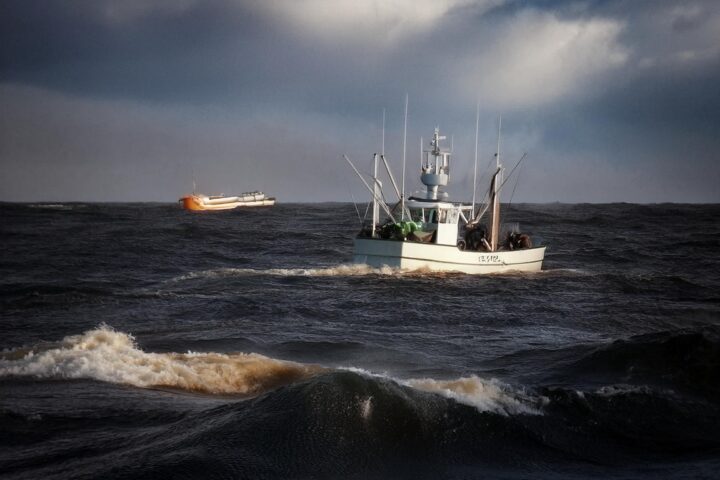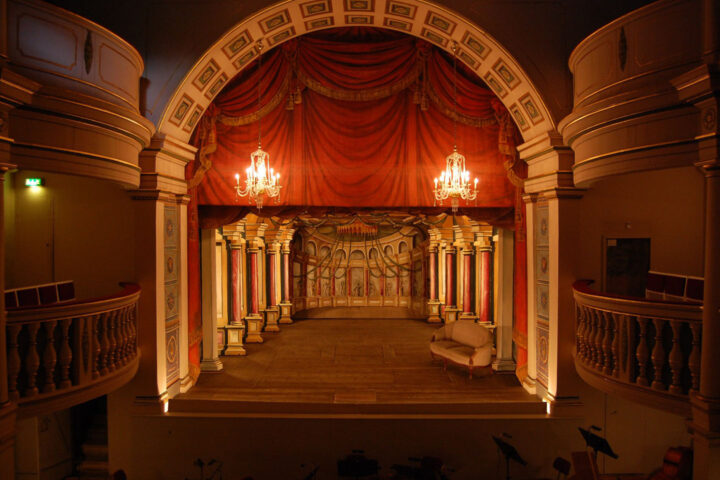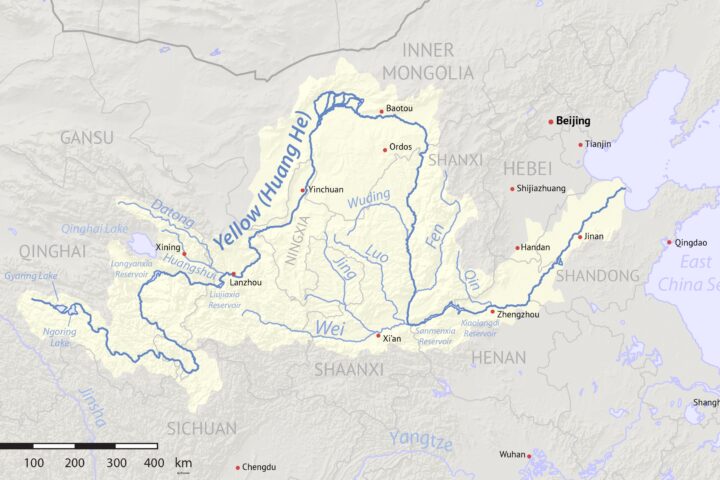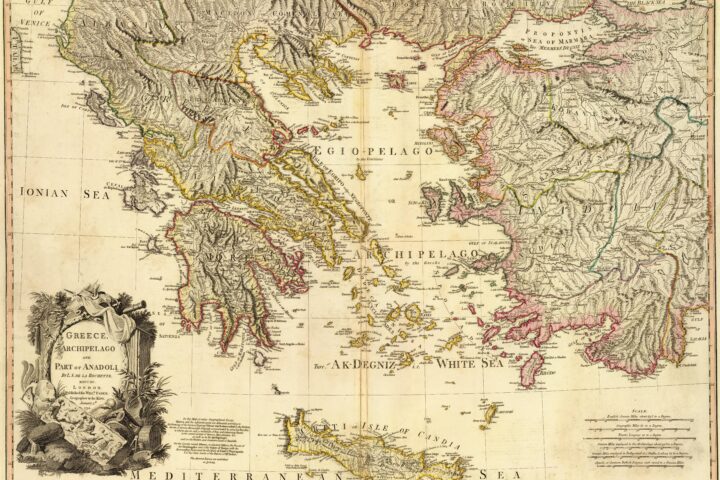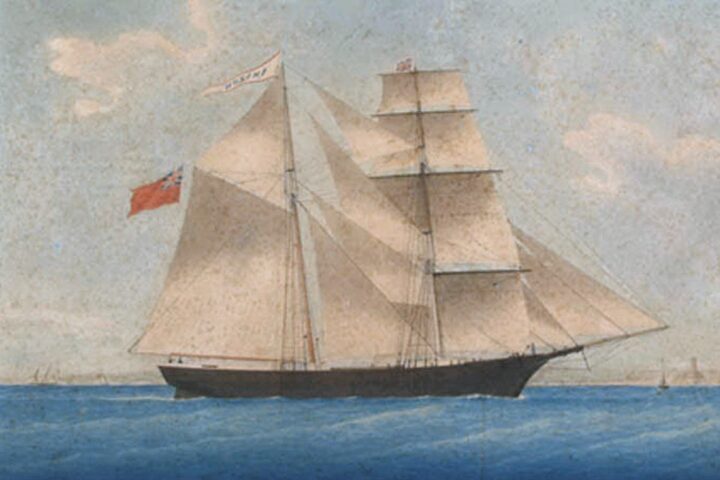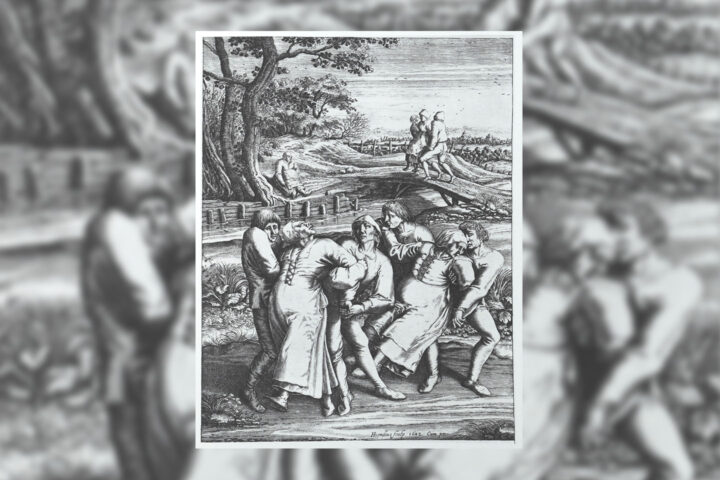Source: Ausbreitung_der_Hanse_um_das_Jahr_1400-Droysens_28_By wikipedia
Introduction
The Hanseatic League is a confederation of medieval merchant guilds—one of the strongest in terms of both economic and political power at that time—consisting mostly of German-speaking cities that imposed wide influence over commerce in the Baltic and North Seas. The Hanseatic League always stood in the foreground of European history, continuously in the shadow of the grandeur of empires and monarchies.
The Birth of a Trading Empire
The Hanse began in the 12th century, and across the next centuries, it managed to gain more power than it already had.
It included more than 60 cities with lubeck acting as its generic capital. The strength of the league was borned greatly out of geographical placement. It dominated important trade links between Eastern Europe and Western Europe.
Economic Underpinnings
The key to the Hanseatic League lay in the economic preponderance of its members, who were considered merchants adept in trading commodities like fish, fur, timber, grain, inter alia. The cargo area was spacious to accommodate very large cargoes of the league, and the kogge was both highly specialized and advanced for its time. These factors combined to make the league extraordinarily successful.
Aside from trading, the league also conducted massive fishing and shipbuilding commerce, which kept contributing to its economic prowess. The towns of the Hanseatic cities became almost Read More COMMERCeALCENTREMore, it drew competent artisans, bankers, and merchants from all over Europe
While being basically an economic arrangement, the Hanse managed to be powerful in politics. Its member cities established a web of treaties and agreements that later came to form a loose confederation. The Hanse also managed its own armed forces for self-protection of its trade routes and protection. It even formed its courts for the enforcement of its laws; this was quite autonomous and unheard of in its time.
The latter had a political influence that transcended member cities. It could treat the high and mighty monarchs and states to ensure good terms of trade and protection of the merchant’s interests. In this respect, the ability to practice international diplomacy on an equal footing with established powers underlines the incredibly influential political clout of the league.
Hanseatic League as a Catalytic Agent of Urban Development
The economic prosperity suffused by the Hanseatic League accelerated the development of the cities. Lübeck, Hamburg, Bremen, and other Hansa cities prospered and grew into big urban conglomerates.
These were infrastructure-intensive cities, based with massive fortified walls, active marketplaces, and tall cathedrals that attracted a massive skilled army of craftsmen, artists, and intellectuals, which built brilliant cultural life. The Hanseatic League centered and developed the very skeleton of the future prosperity of the region in a Northern European renaissance.
Decline and Fall
The Hanseatic League began to weaken at the end of the 15th and at the beginning of the 16th centuries. A few factors contributed to the latter coming into a standstill.
Other Competitors
The new nation-states with high traffic, like England or Portugal, seriously undermined the monopolic positions of the League. The new states, having built their own navies, established direct trade routes with the remote coasts of other continents, apart from the Hansa cities.
Gradual Change in Trade Routes
Traditional patterns were upset within the Age of Exploration, new sea routes to Asia and the Americas having been discovered. The rising marketplace demand for Asian goods shifted the center of trade attention away from the Baltic and North Seas, to the effect of undermining the economic basis of the League.
Internal Divisions
The Hanseatic League was not spared from internal wrangling. Conflicts and rivalries among member cities eroded the unity of the league and weakened its capability to respond to external challenges.
The Hanseatic League and Its Complex Structure
For most purposes, although it was often treated as a single unit, the Hanseatic League was a complex organization of city-states, each independent of the others, and each a sovereign entity. There were major decision-making obstacles to collective decisions at the League level. Therefore, the League had to come up with its system of assemblies and councils.
The key decision-making body was Hanseatic Diet – an occasional gathering of envoys from its member towns, usually having conflicting interests. Due to the occasional nature of the assembly, decisions took time to be reached and sometimes undecided. For this reason, the commercial union established Kontors – the commercial outposts – in key European cities of the period to take care of routine activities for the union. They were also known as trading stations – trade headquarters, and consulates general – pushing the activities of the league a step further.
However, it was a very decentralized system. As time passed, the Hanseatic League evolved an intricate legal system. The legal system in existence, known as the Law Merchant, formally organized the trade occurring in the league and the league-controlled lands. The legal system provided order and protection, therefore the system was also perceived as a dependable one by the merchants and capitalists.
Hanseatic City Life
The Hanseatic cities were huge, vibrant economic centers of creativity and innovation. The raised wealth resulted in the rising urban development with bulky merchant houses, dignity of grand civic buildings, and fortified walls. Generally, from all indices taken, the quality of life in Hanseatic cities, in comparison to all living in Europe, was the highest one could ever achieve—all goods and services, just at the doorstep.
Even then, the focus on commerce bore out as social dimensions came to light. A gulf was opened up between the merchant prince and the common man, and this was to become a growing source of social dissonance. The league, therefore, fostered prosperity—but was silent on the question of social justice or reining in inequality.
The Hanseatic League and Cultural Exchange
The Hanseatic League facilitated a great deal of cultural exchange across Europe. The merchants and traders introduced new ideas, technologies, and styles of art that originated from far countries. It enriched the cultural life of the Hanseatic cities with a spirit of innovation and inventiveness.
The league also contributed to the affluence of learning. Many Hanseatic towns acquired institutions of higher learning and universities that groomed youth for careers in commerce and administration. The universities were distinguished by learning and innovation; scholars from across the continent flocked there to learn.
At the same time, the Hanseatic League fell while strong, centralized nations rose to dominance. The early age of these strong monarchs, such as Henry VII of England and Louis XI of France, who sought to centralize their authority and thus began to attack the autonomy of leagues. They implemented mercantile policies that were calculated to enrich their kingdoms at the expense of merchants from other countries.
The Hansa League, itself structured in a decentralized way, remained both unwilling and unable to adapt to the new political order represented by the emerging nation states. Most importantly, the failure of the league to compete with more centralized power structures constituted a major contribution to its demise.
And although the Hansa is now defunct as a political entity, it left behind it a lasting legacy,, for it was the source of so much stress on commerce, law, and city life that have survived to leave its influence on various modern economic undertakings. Except for a handfull of the independent cities that comprised the league, they are now significant commercial cities.
Additionally, the experiences of the Hanseatic League bring to light the intricate web of economic and political integration. The difficulties—political, social, and cultural—that the league faced balancing the needs of its member cities are lessons of direct relevance to the current period of attempts at regional and global economic partnerships.
Conclusion
The Hanseatic League is one of the most outstanding events in the history of Europe. Its rise, its working supremacy, and ultimate decay represent a fascinating case study in the interplay of economic, political, and social forces. To hear, we look at the Hanseatic League—a complex medieval society, a fundamental pillar of European society, and the world’s foundation for modern Europe.
Sources:

